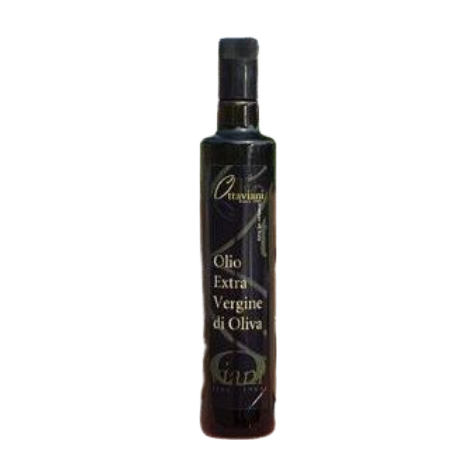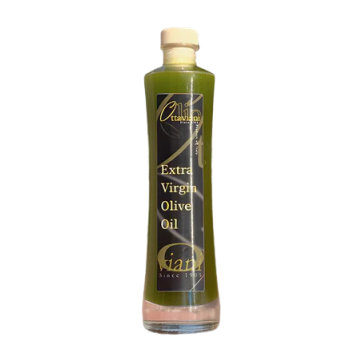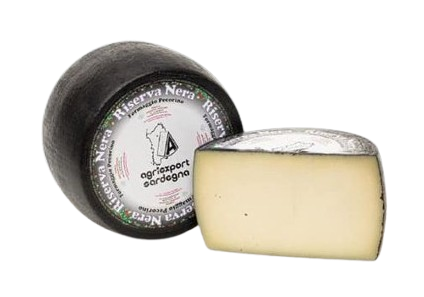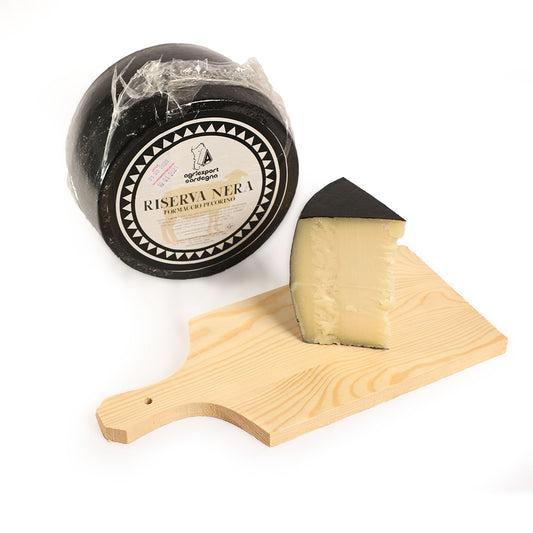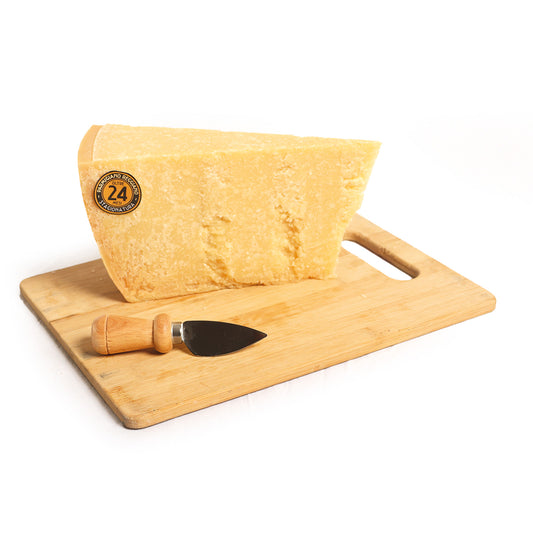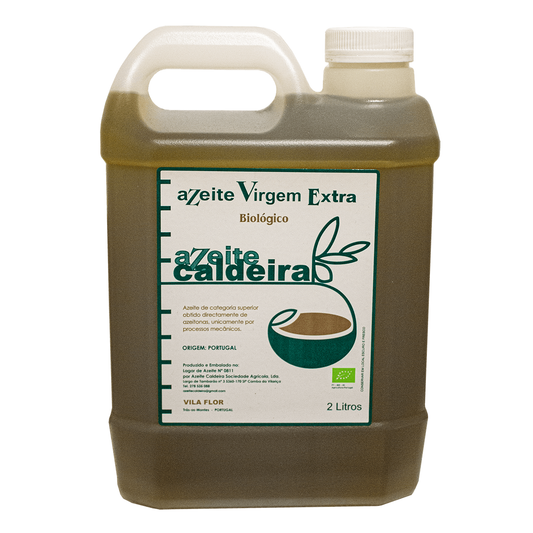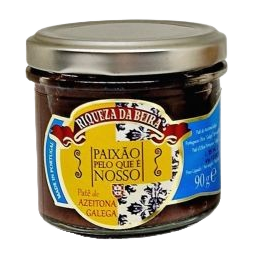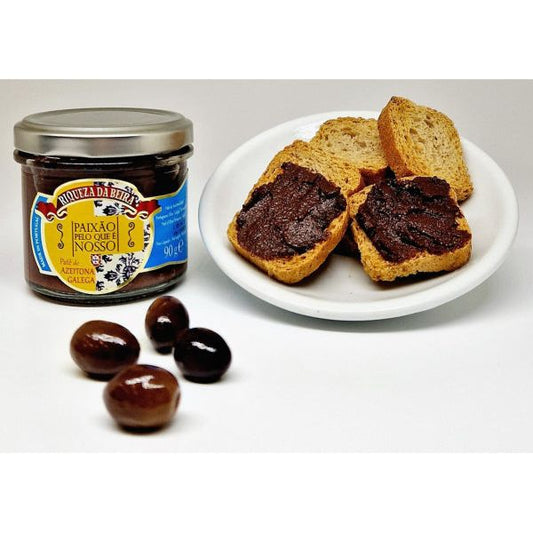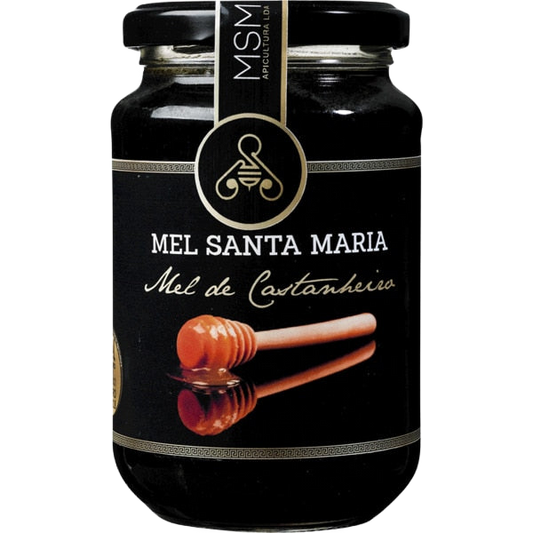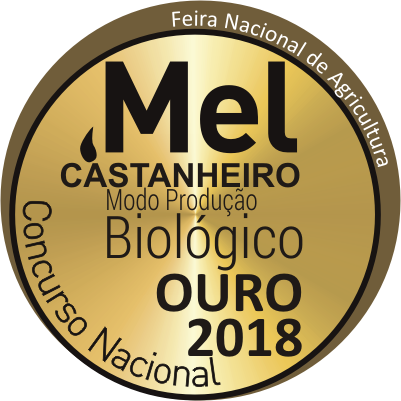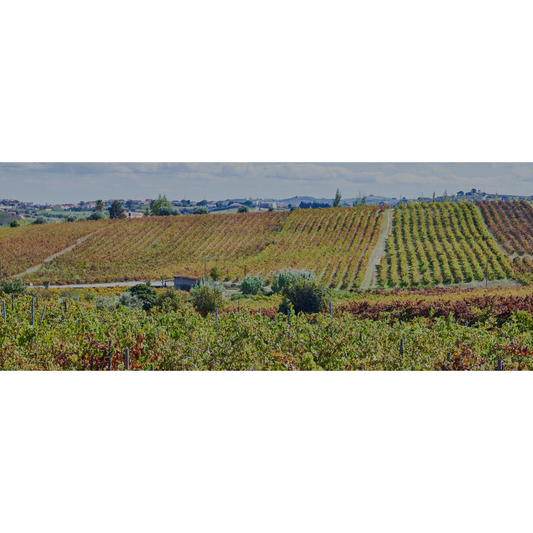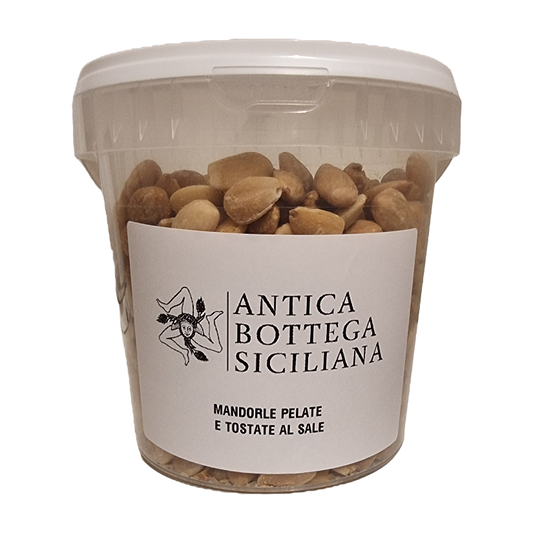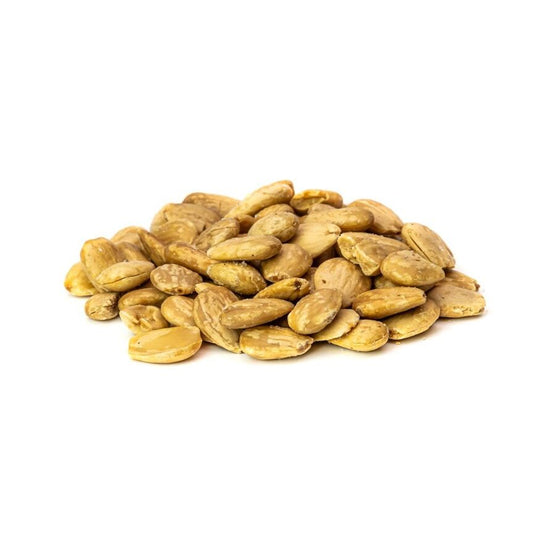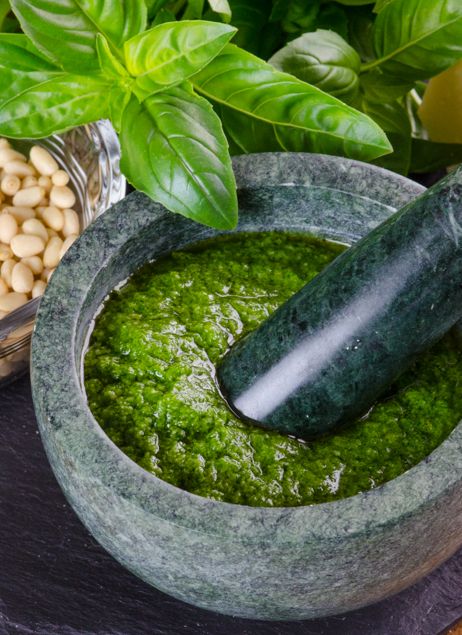
Pesto: More Than Just Green Sauce
When people think of pesto, they usually picture the vibrant green sauce from Liguria made with basil, pine nuts, garlic, Parmigiano Reggiano, and extra virgin olive oil. But pesto is more than just Pesto Genovese—it’s a traditional culinary technique with deep roots in Italian culture, and it plays a delicious role in the Mediterranean diet.
In this article, we’ll explore what defines a pesto, its fascinating origins, regional varieties across Italy, and how to use it beyond the classic pasta dish.
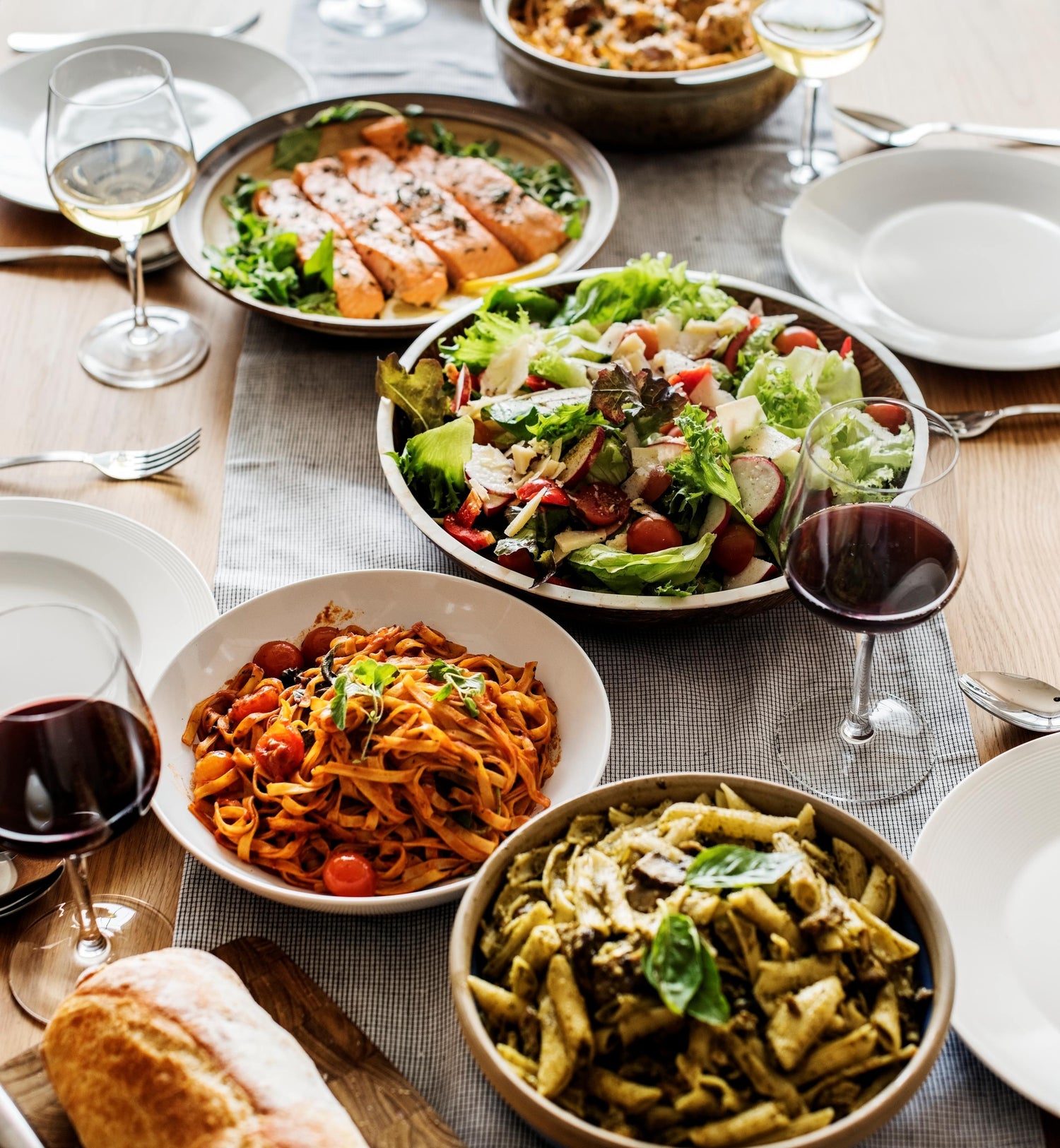
What Is Pesto?
The word pesto comes from the Italian verb "pestare," which means "to crush" or "to pound." Traditionally, pesto is made by crushing ingredients in a mortar and pestle, creating a dense, uncooked sauce. While today many people use food processors, the essence remains the same: a raw, emulsified sauce made by blending herbs, nuts or seeds, cheese, and oil.
What’s important to understand is this: Not all pesto is green, and not all pesto contains basil.
As long as it follows the basic technique—pounding or blending raw ingredients into a paste—it can be called a pesto.
A Bit of History
Pesto’s roots go back thousands of years. Ancient Romans made a similar garlic-based paste called moretum, blending herbs, cheese, and olive oil. But the pesto we know today originated in the Liguria region, specifically in Genoa, during the Middle Ages.
Liguria’s climate is ideal for growing basil, and its proximity to the sea brought access to cheese and nuts. By the 19th century, Pesto alla Genovese had become the definitive version of this iconic Italian condiment.
Over time, different regions created their own pestos, using ingredients local to their territory—showcasing the diversity of Italian food and the richness of the Mediterranean diet.
Why Pesto Is a Big Deal in Italy
In Italy, regional identity is everything, especially when it comes to food. Each town and valley has its own version of a dish, and pesto is no exception. Families pass down pesto recipes from generation to generation, and there’s even an international Pesto World Championship held in Genoa!
Pesto represents simplicity, seasonality, and the Mediterranean lifestyle—an approach to eating that’s both healthy and joyful.
The Most Common Types of Italian Pesto
Here are some of Italy’s most popular pestos, each tied to its region’s unique landscape and ingredients:
1. Pesto alla Genovese (Liguria)
Main ingredients: Genovese basil (PDO), pine nuts, garlic, Parmigiano Reggiano, Pecorino, coarse salt, and extra virgin olive oil.
taste profile: intensive, aromatic, strong basil aroma, slightly nutty
Best with: Trofie pasta, gnocchi, or on focaccia.
2. Pesto alla Trapanese or Pesto Siciliana / Pesto Rosso (Sicily)
Main ingredients: Sun-dried tomatoes, almonds, garlic, basil, Pecorino cheese, and olive oil.
Taste profile: Sweeter, more robust, with a reddish hue.
Best with: Pasta, grilled vegetables, or as a sandwich spread.
3. Pesto di Pistacchio (Bronte, Sicily
Main ingredients: Bronte pistachios, olive oil, Parmigiano or Pecorino, and sometimes a hint of lemon zest.
Taste profile: Rich, creamy, and subtly sweet.
Best with: Pasta, seafood, or spooned over burrata.
4. Pesto Calabrese (Calabria)
Main ingredients: Roasted red peppers, ricotta, chili pepper, garlic, and olive oil.
Taste profile: Spicy and creamy with a southern Italian kick.
Best with: Penne or fusilli pasta, or with grilled meats.
5. Walnut Pesto or Salsa di Noci (Liguria)
Main ingredients: Walnuts, garlic, breadcrumbs soaked in milk, Parmigiano, and olive oil.
Taste profile: Earthy, nutty, delicate.
Best with: Pasta or as a sauce for ravioli.
How to Use Pesto (Beyond Pasta)
While most people know pesto as a pasta sauce, it’s incredibly versatile. Here are some ideas:
Spread it on toasted bread, sandwiches, or flatbreads.
- Stir into soups for a flavor boost (like minestrone alla Genovese)
- Drizzle over grilled vegetables, fish, or chicken
- Mix into yogurt or cream cheese for an herby dip
- Top your pizza before or after baking
Remember: pesto is raw. If using it with hot food, stir it in at the end to preserve its fresh flavor and bright color.
A Mediterranean Diet Staple
Pesto is a great example of how the Mediterranean diet makes use of seasonal herbs, healthy fats, and raw ingredients. It's flavorful, nutritious, and easy to incorporate into everyday cooking.
Whether you're enjoying a jar of traditional Pesto alla Genovese, discovering the fiery charm of Pesto Calabrese, or tasting Sicilian Pistachio pesto from a small artisan producer, you’re experiencing a piece of Italy’s culinary heritage.
Final Thoughts
Pesto is more than a sauce—it’s a symbol of Italian food culture, regional pride, and the simplicity of the Mediterranean way of life. Next time you open a jar, think of the generations of nonnas who pounded herbs in marble mortars by hand, using only what the land gave them.
Looking to try authentic Italian pestos made by real artisans?
Browse our webshop and discover the true taste of the Mediterranean—from Sicilian pistachios to Genovese basil and beyond.

